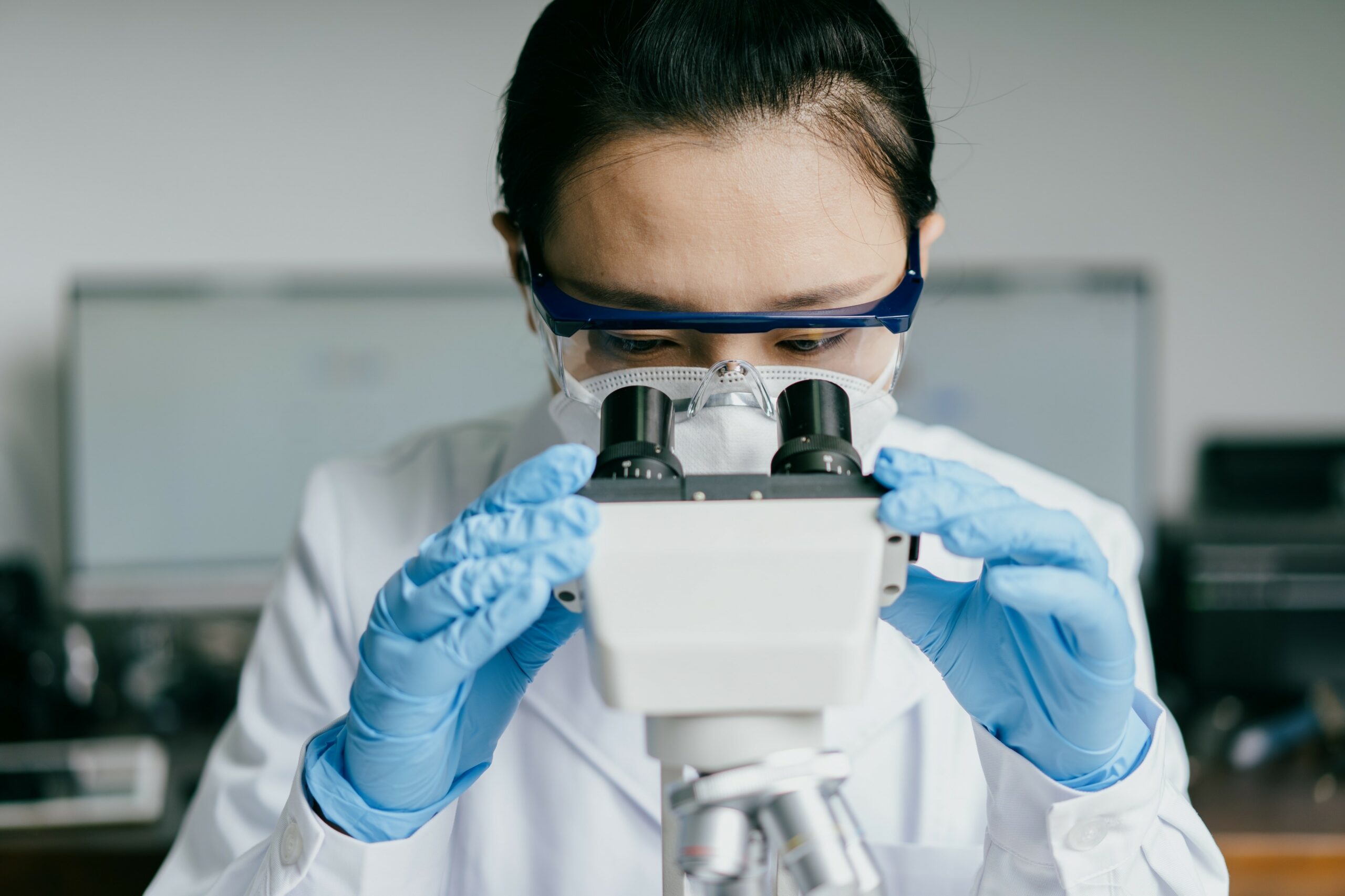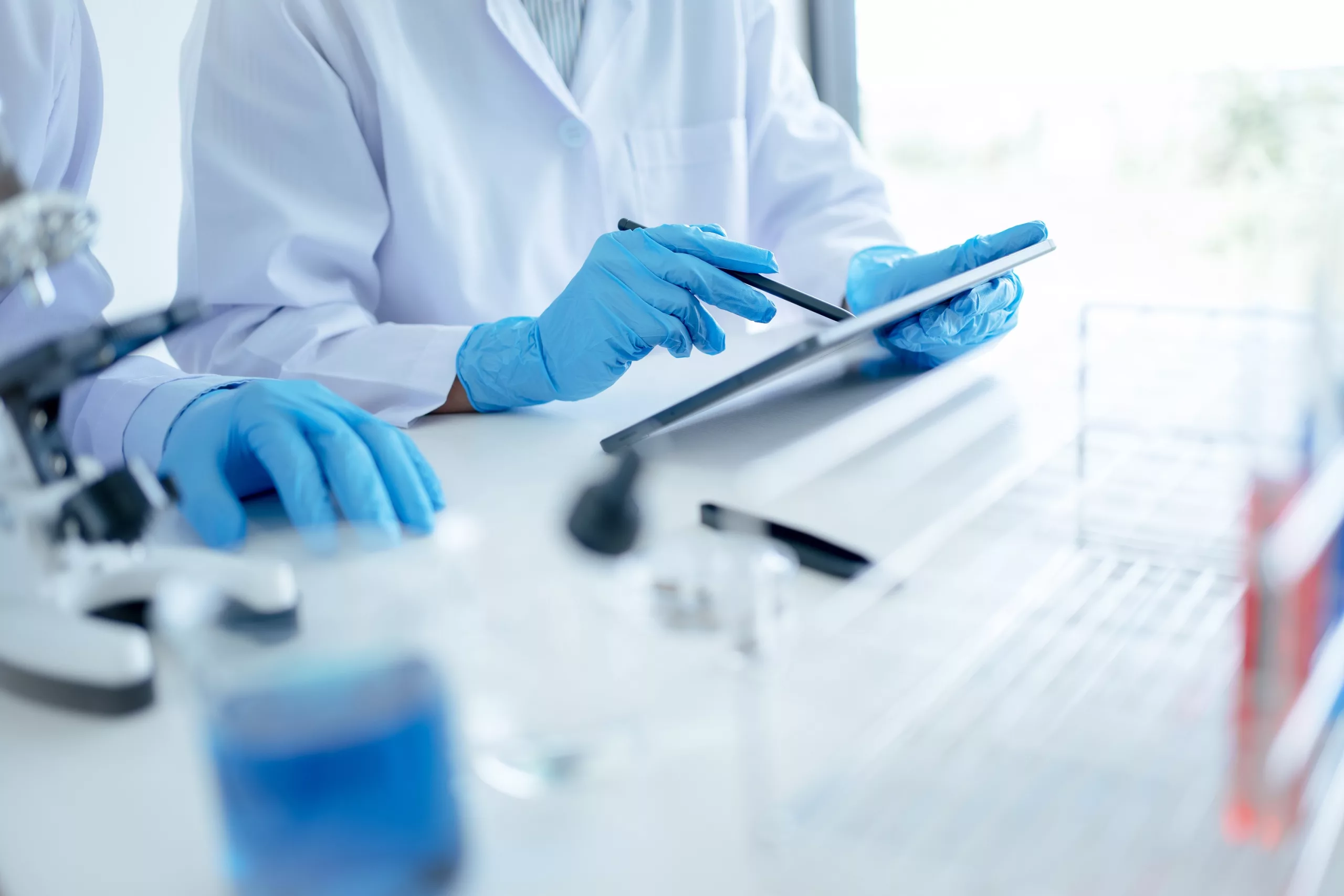Before dental materials are used in patients, they undergo a rigorous testing process to ensure they are safe and compatible with the body, Biocompatibility Testing. This testing involves three main stages:
 Level 1 Test (Primary Tests)[Biocompatibility Testing]
Level 1 Test (Primary Tests)[Biocompatibility Testing]
Level 1 tests, also known as primary tests, serve as initial screenings to evaluate the systemic toxicity of dental materials. In animal studies, the material is administered through a gastric tube, and subsequent observations over a period of two weeks assess any toxic manifestations or mortalities. These tests also include in vitro assessments, where cell responses are observed either directly or indirectly through contact with the material. The extent of cell death becomes a key criterion for determining cytotoxicity. While these tests offer cost-effective and large-scale evaluations, they may not entirely represent the complex interactions of materials within the human body.
Level 2 Tests (Secondary Tests)[Biocompatibility Testing]
 Secondary tests, or level 2 tests, focus on assessing the allergenic and inflammatory potential of dental materials. This is achieved by intradermal or intramuscular injection of the material into test animals such as dogs or guinea pigs. Animals are observed over various time intervals, and the implantation sites are examined for any adverse reactions. Results from these tests are then compared with negative controls, such as zinc oxide eugenol, and positive controls, such as silicate cement.
Secondary tests, or level 2 tests, focus on assessing the allergenic and inflammatory potential of dental materials. This is achieved by intradermal or intramuscular injection of the material into test animals such as dogs or guinea pigs. Animals are observed over various time intervals, and the implantation sites are examined for any adverse reactions. Results from these tests are then compared with negative controls, such as zinc oxide eugenol, and positive controls, such as silicate cement.
Level 3 Tests[Biocompatibility Testing]
Level 3 tests, also known as usage tests, involve experiments conducted in subhuman mammals, often primates. These tests simulate real-life conditions by preparing cavities and restoring them with the material under investigation. Pulpal reactions are then evaluated by extracting teeth at different intervals and examining histological sections. The reactions observed are compared to those of negative and positive control materials. Clinical trials may also be conducted as part of level 3 testing to further validate the safety and efficacy of the materials.
Dental Materials with Interesting Biological Properties
1.Estrogenicity in Composite Resin Material
Some components found in composite resin materials have been linked to estrogenic effects, raising concerns about potential hormonal interactions
2. Bioglass
Bioglass, a type of ceramic material, exhibits bioactive properties by forming chemical bonds with bone tissue. This bioactivity promotes osseointegration, enhancing the integration of dental implants with the surrounding bone.
3. Titanium
Titanium is renowned for its ability to undergo osseointegration, where it fuses directly with the surrounding bone tissue. This property makes titanium a preferred choice for dental implant materials due to its excellent biocompatibility and long-term success rates.
4.Allergenic Reactions to Certain Alloys
Dental alloys containing elements like nickel, mercury, or eugenol have been associated with allergic reactions in a small percentage of the population. These reactions highlight the importance of careful material selection and patient screening in dental practice.
